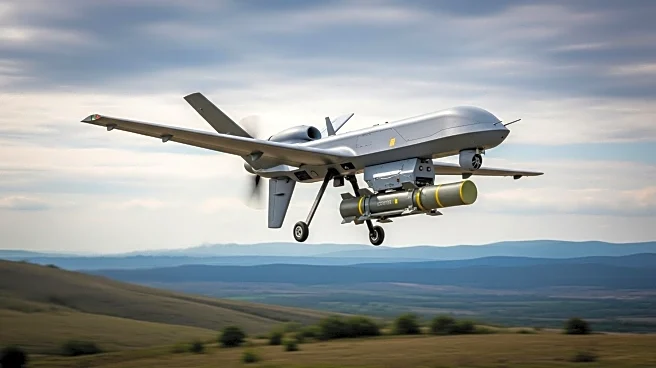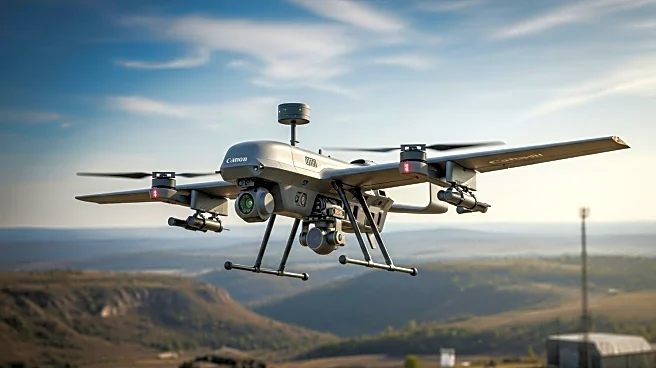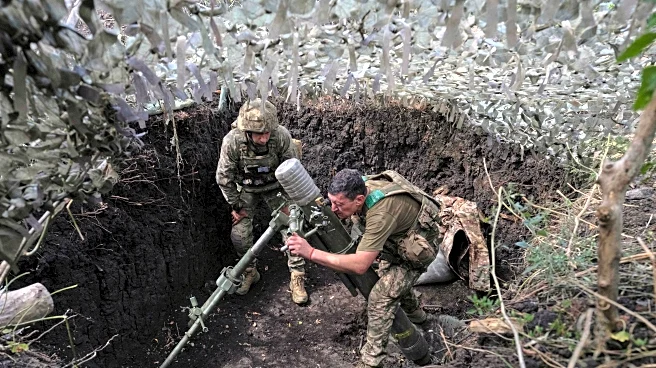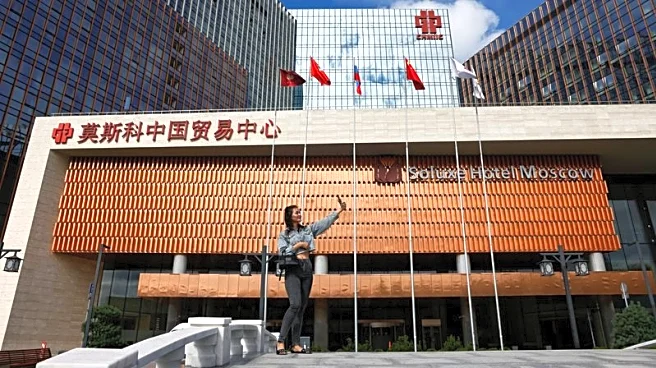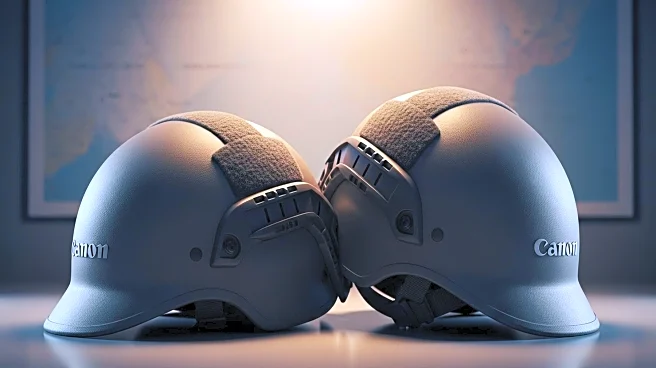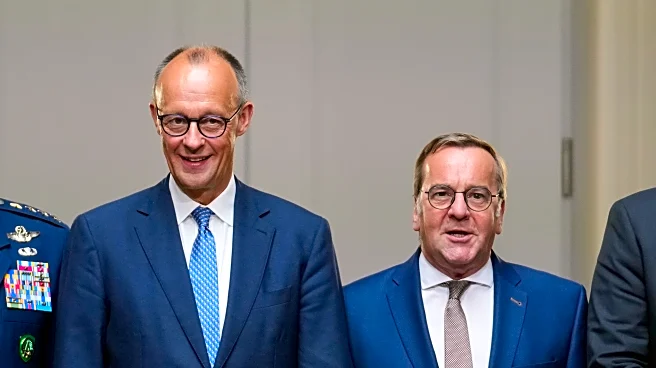What's Happening?
NATO's military chief, Gen. Alexus Grynkewich, has encouraged defense contractors to test their technology in Ukraine, highlighting the real-world challenges faced against a peer adversary. Grynkewich, who leads U.S. European Command and serves as NATO Supreme Allied Commander Europe, emphasized the importance of real-world testing for companies seeking to sell new products to NATO allies. He noted that the NATO Prioritised Ukraine Requirements List (PURL) has attracted over $2 billion in pledges, with more expected. This initiative aims to coordinate Ukraine's requests for future capabilities with European and U.S. inventories, focusing on critical equipment such as PAC-3 missiles and advanced drones.
Why It's Important?
The call for defense companies to test their arms in Ukraine underscores the growing demand for military technology in the region. As NATO allies increase defense budgets, much of the spending is directed towards supporting Ukraine, with significant financial flows to the United States. This development highlights the strategic importance of Ukraine in the global defense market and the role of NATO in facilitating military support. The initiative could lead to advancements in military technology and strengthen defense ties between the U.S., Europe, and Ukraine.
What's Next?
Defense companies are expected to participate in the upcoming Defense Tech Valley conference in Ukraine, providing an opportunity to showcase and test new technologies. The feedback from Ukraine's fighters will likely influence future decisions on weapon development and stockpiling, impacting both U.S. and European arms industries. The ongoing collaboration may lead to further pledges and investments in military technology, enhancing Ukraine's defense capabilities.
Beyond the Headlines
The initiative reflects broader geopolitical dynamics, with NATO's involvement in Ukraine serving as a counterbalance to Russian aggression. The testing of arms in Ukraine could lead to ethical and legal considerations regarding the use of military technology in conflict zones. Additionally, the collaboration may influence long-term shifts in defense strategies and alliances.
